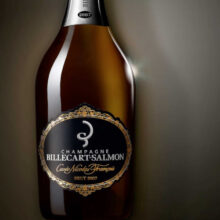
Product information
Billecart-Salmon ‘Cuvée Nicolas Francois’ Brut 2007
Blend from Vallée de la Marne, Montagne de Reims, France, Côte des Blancs, Champagne
$370
Description
This exceptional cuvée was created in 1964 as a tribute to the House’s founder. It results from the blending of Grands Crus from the classified Côte des Blancs vineyards (Chardonnay) and the Montagne de Reims (Pinot Noir).
Disgorged with six grams per liter dosage, the 2007 Brut Cuvée Nicolas François is showing very nicely, offering up aromas of fresh bread, citrus oil, crisp yellow orchard fruit, white flowers, verbena, macadamia nut and hints of biscuity complexity to come. Full-bodied, chiseled but fleshy, its vinous core of fruit cloaks the vintage’s brisk acids to achieve real plenitude in a year that’s sometimes rather tautly austere. Long and penetrating and complemented by a pretty pinpoint mousse, this is a real success.
William Kelley
Out of stock
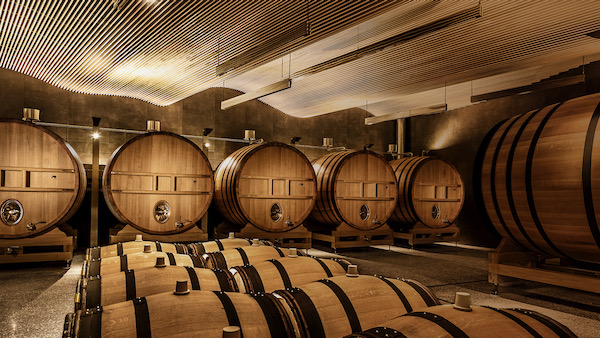
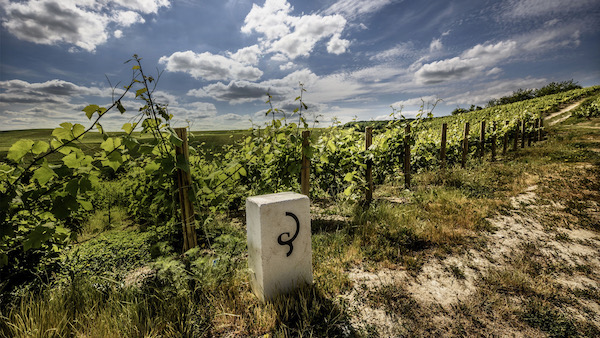
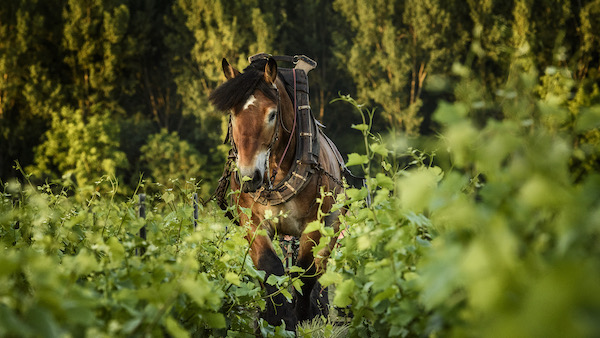
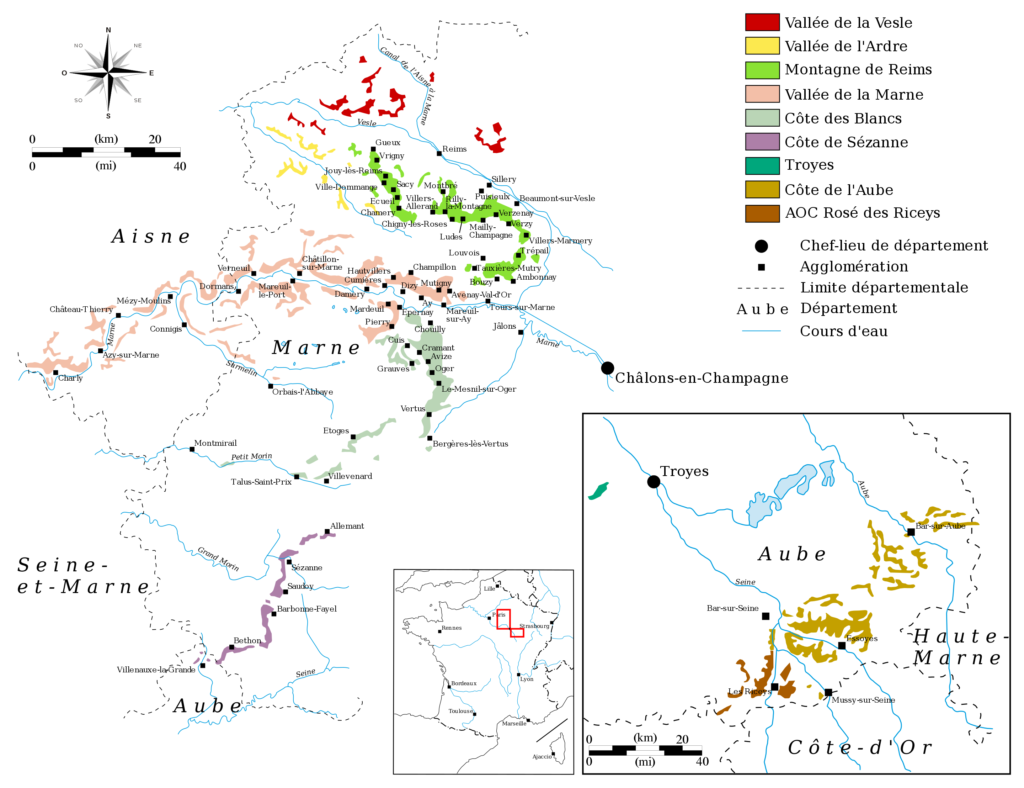



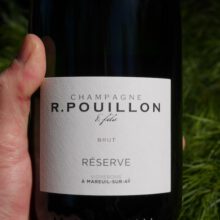


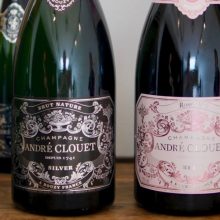
You must be logged in to post a comment.